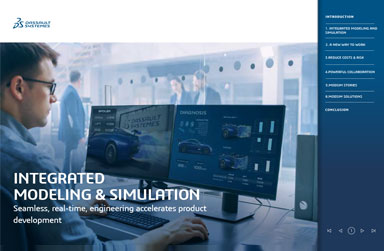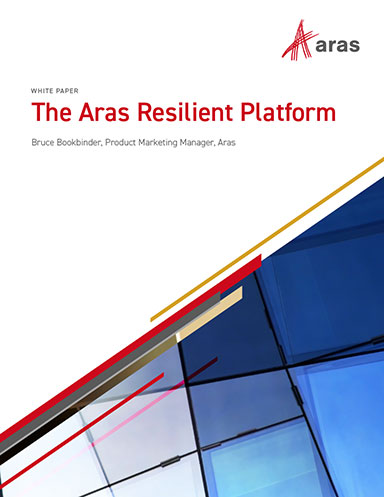D-Cubed 3D Components Release Highlights
Release bolsters 3D modeling capabilities for CAD/CAM/CAE and architecture, engineering and construction software applications.

Applications are used to design, analyze, visualize and manufacture products from consumer goods to aircraft engines and commercial buildings. Image courtesy of Siemens Digital Industries Software.
Latest News
September 3, 2021
D-Cubed 3D components from Siemens Digital Industries Software are integrated by software developers to add 3D modeling capabilities to CAD/CAM/CAE and architecture, engineering and construction software applications. These applications are used to design, analyze, visualize and manufacture products from consumer goods to aircraft engines and commercial buildings.
D-Cubed 3D DCM Version 58.0
D-Cubed 3D DCM (3D Dimensional Constraint Manager) is a geometric constraint solving software component. Supporting a wide range of geometries, dimensions and constraints, 3D DCM enables 3D parametric sketching, part shape control using direct modelling, assembly part positioning and kinematic motion simulation. Key enhancements introduced in version 58.0 of D-Cubed 3D DCM are described as follows.
Symmetric Spline Improvements
Support has been added for symmetry constraints between compatible splines. The functionality is now more like that in 2D DCM.
Information Coincident Constraint
The information coincident constraint now supports sweep surfaces.
Improved Solving for Models With Large Size
Solving enhancements have been added to improve computational accuracy when working with model data far from the origin. Especially large models can be challenging to handle despite 3D DCM’s accurate solving resolutions.
D-Cubed CDM Version 58.0
D-Cubed CDM (Collision Detection Manager) is a software component that offers collision detection and clearance distance measurement for solid, surface, wireframe and point cloud models. It supports accurate, tolerant and faceted geometry. Used in assembly, mechanism, machining and measurement simulation environments, CDM offers a range of algorithms to interactively detect collisions and compute clearances, even on large, complex assemblies. Performance is particularly good for common operations, such as repeated computations on models that are in motion. CDM is compatible with most applications, being independent of any modeler or model format. Key enhancements introduced in version 58.0 of D-Cubed CDM are described as follows.
Consistent Solution on Mixed Containment
A set is a CDM entity that holds a collection of geometries, with one set typically, but not necessarily, representing one model part. A group is a CDM entity that holds a collection of sets. Support for closest approach computations between groups was introduced in the previous release of CDM.
The closest approach solution for groups is now more consistent and better defined in cases where the containment status of a group with respect to another group is inconsistent between members.
Point-in-face Performance Improvements
Improvements have been made to the point-in-face algorithms, especially where multi-threaded, multi-point closest approach computations are involved.
Parasolid Wrapper
A wrapper interface assists with the integration between CDM and the Parasolid modeller. The wrapper now supports Version 33 of Parasolid.
Sources: Press materials received from the company and additional information gleaned from the company’s website.
More Siemens Digital Industries Software Coverage
Subscribe to our FREE magazine, FREE email newsletters or both!
Latest News
About the Author
DE’s editors contribute news and new product announcements to Digital Engineering.
Press releases may be sent to them via DE-Editors@digitaleng.news.






